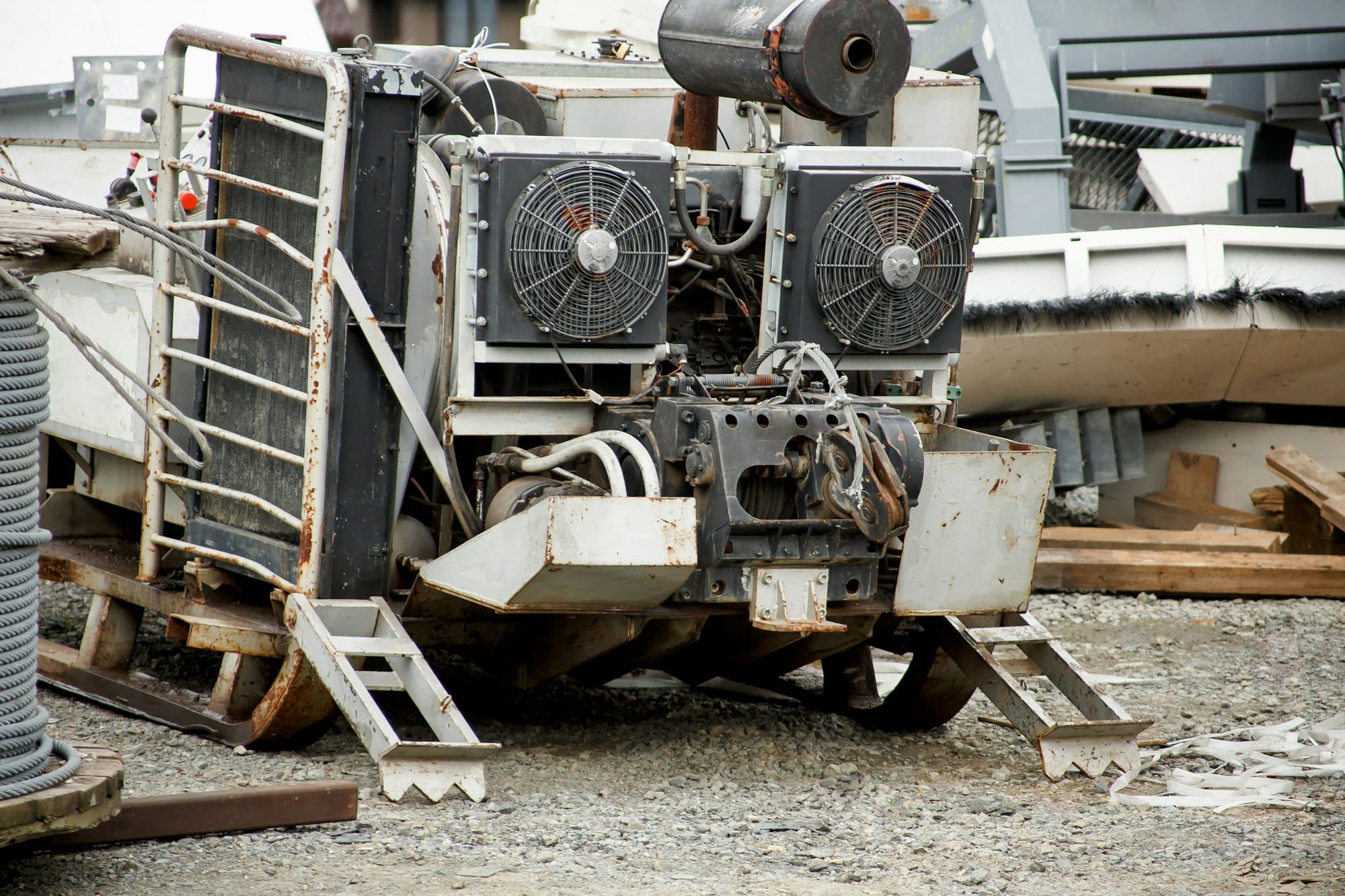The particulate filter (DPF) is an essential part of modern diesel vehicles. It traps the fine particles produced by combustion, considerably reducing pollutant emissions. However, the DPF requires regular maintenance to ensure that it works properly and that the engine lasts as long as possible. Here’s some advice on how to clean your DPFS properly.
Understanding the DPFS and its role
Also to read : How Are UK Startups Revolutionizing the Recycling of Electronic Waste?
The principle behind the DPFS is simple: exhaust gases pass through a network of alveolar channels where soot particles are trapped. Over time, these particles accumulate, clogging the filter and impairing the efficiency of the system.
To counter this, the vehicle engages an automatic regeneration process. During high-speed, high-temperature journeys, the soot accumulated in the DPFS is burnt off, transformed into harmless gases. You need to understand this principle before looking at how to clean the diesel particulate filter.
In parallel : How to Build a Community Focused on Sustainable Living in the UK?
Recognising the signs of a clogged DPF
A clogged DPFS can lead to a number of symptoms:
- loss of engine power and performance
- increased fuel consumption;
- ** black or blue exhaust fumes;
- the DPF warning light on the dashboard.
To clean your diesel particulate filter properly, you need to understand these different elements.
Cleaning the DPF: Solutions and precautions
Maintaining a diesel particulate filter (DPF) in good condition is an important task in keeping your diesel vehicle running smoothly and reducing pollutant emissions. Several cleaning methods are available, each with its own specific advantages and precautions.
Fuel additives
One of the most accessible solutions is to use fuel additives specially formulated for cleaning the DPFS. These products, added directly to the diesel tank, lower the combustion temperature of the soot accumulated in the filter, helping to eliminate it during the natural regeneration process.
Advantages :
- Simple, inexpensive method
- Can be carried out regularly without mechanical intervention
- Helps extend the life of the DPFS
Precautions:
- Strictly follow the manufacturer’s instructions on dosage and frequency of use.
- Choose high-quality products to avoid damaging the engine or the DPFS.
- Do not replace a thorough cleaning if the DPFS is already very dirty.
Injection cleaning
Another option is to use injection cleaning, usually carried out by a professional. This method involves injecting a specific cleaning product directly into the DPFS using a probe, allowing the accumulated soot deposits to be broken down and eliminated.
Advantages :
- In-depth cleaning of the DPFS without dismantling
- Rapid restoration of vehicle performance
- Can be combined with other methods for optimum results
Precautions :
- Requires the intervention of a qualified professional
- Cost generally higher than fuel additives
- Potential risk of damage to the DPFS if mishandled
Disassembly and ultrasonic cleaning
For extremely thorough cleaning, it is sometimes necessary to completely dismantle the DPFS from the vehicle and subject it to ultrasonic cleaning. This method uses high-frequency vibrations to break up and remove the most stubborn deposits.
Advantages :
- In-depth cleaning of the DPFS, removing even the most stubborn deposits
- Significantly extends the life of the DPFS
- Restores optimum vehicle performance
Precautions:
- Technical process requiring skilled labour
- Generally high cost due to the complexity of the work
- Risk of damage if handled incorrectly
Whichever method you choose, it is essential to follow the manufacturer’s instructions carefully and to call in competent professionals to avoid any damage to the DPFS or the vehicle. Regular maintenance and proper driving habits are still the best ways to preserve the life of your diesel particulate filter.
Recommendations for a healthy DPF
To prevent premature clogging of the diesel particulate filter (DPF) and ensure it remains in good working order over the long term, it’s essential to follow a few key recommendations. First of all, give priority to road trips over short urban journeys. Long journeys allow the DPFS to reach the high temperatures it needs to self-regenerate, eliminating accumulated soot deposits.
In addition, scrupulously follow the manufacturer’s instructions on the regular servicing of your vehicle. Careful monitoring of oil change and component replacement intervals will help to keep the DPFS in optimum condition. If in doubt, consult your owner’s manual or seek professional advice.
In addition, the use of high-quality fuel additives can be beneficial in facilitating the process of regenerating the DPF. These products, when used in accordance with the manufacturer’s instructions, can help to reduce the formation of deposits and optimise the combustion of soot particles.











